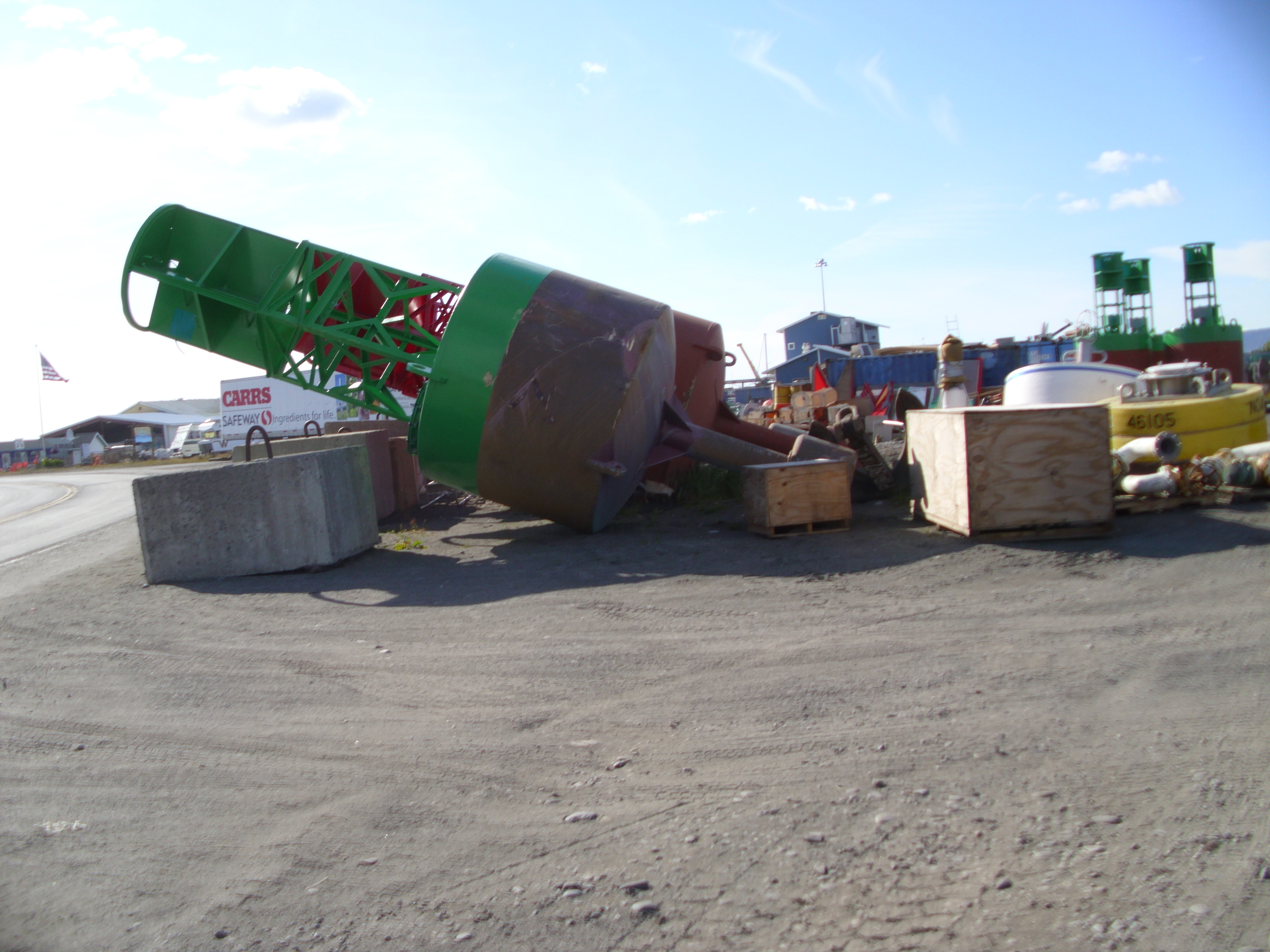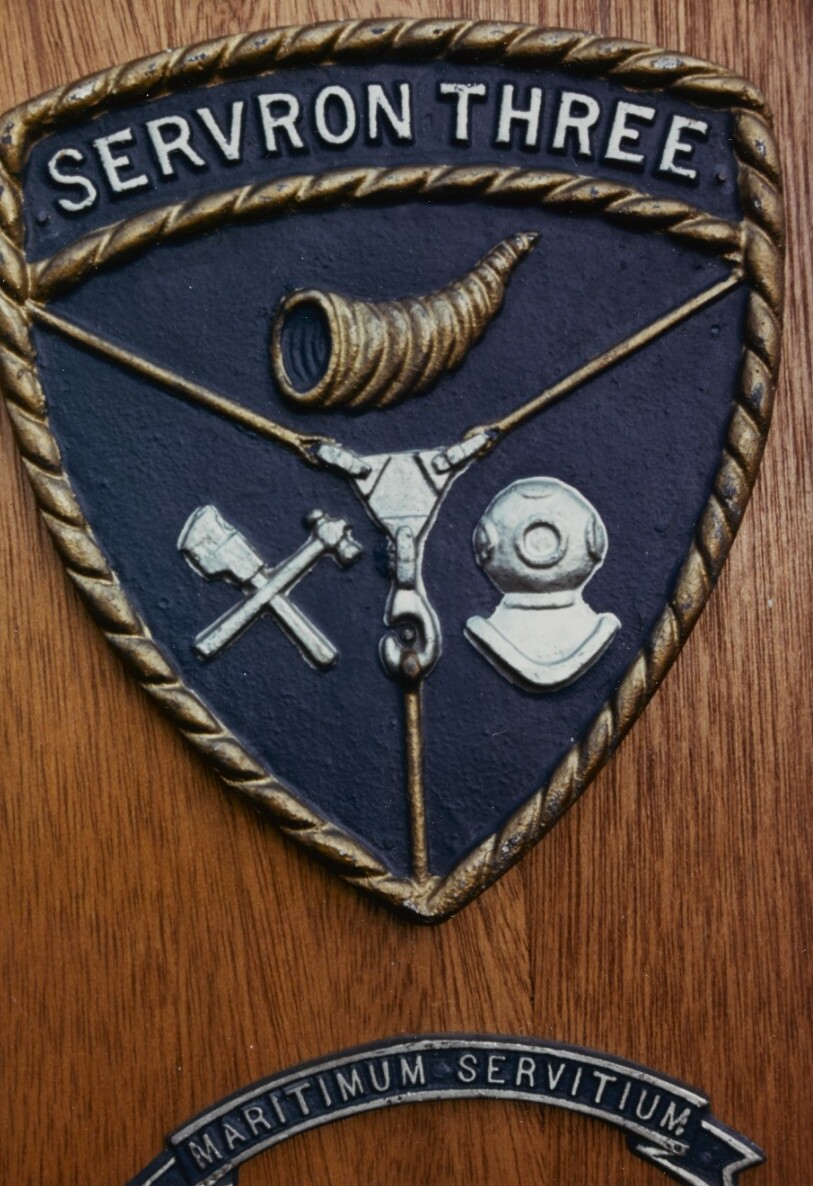|
USCGC Tupelo (WLB-303)
USCGC ''Tupelo'' WAGL/WLB-303, was a Cactus (A) Class 180-foot buoy tender vessel built by Zenith Dredge Company of Duluth, Minnesota. Her keel was laid 15 August 1942, launched on 28th November, 1942 and commissioned on 30 August 1943. She was built as a WAGL and redesignated a WLB in 1965. Ship's history In the spring of 1943 ''Tupelo'' serviced aids to navigation (ATON), did search and recovery work near Norfolk, Virginia and broke ice in Chesapeake Bay. ''Tupelo'' was refitted as a Navy Damage Control Ship at the United States Coast Guard Yard Baltimore, Maryland in 1943. En route to fight in the Pacific War, via the Panama Canal, ''Tupelo'' went to the aid of the seagoing tugboat ''MV Atengo'', which was in peril off the western coast of Mexico in a hurricane. During the rescue a crewman of ''Atengo'' had his hand mangled in an accident. ''Tupelo's'' surgeon treated the man and had to amputate his thumb. ''Tupelo'' was at Kwajalein Atoll next, en route to Guam with a convoy ... [...More Info...] [...Related Items...] OR: [Wikipedia] [Google] [Baidu] |
Pacific War
The Pacific War, sometimes called the Asia–Pacific War or the Pacific Theatre, was the Theater (warfare), theatre of World War II fought between the Empire of Japan and the Allies of World War II, Allies in East Asia, East and Southeast Asia, the Pacific Ocean, Pacific and Indian Oceans, and Oceania. It was geographically the largest theatre of the war, including the Pacific Ocean theater of World War II, Pacific Ocean theatre, the South West Pacific theater of World War II, South West Pacific theatre, the Second Sino-Japanese War, and the brief Soviet–Japanese War, and included some of the Largest naval battle in history, largest naval battles in history. War between Japan and the Republic of China (1912–1949), Republic of China had begun in 1937, with hostilities dating back to Japanese invasion of Manchuria, Japan's invasion of Manchuria in 1931, but the Pacific War is more widely accepted to have started in 1941, when the United States and United Kingdom entered the ... [...More Info...] [...Related Items...] OR: [Wikipedia] [Google] [Baidu] |
Icebreaker
An icebreaker is a special-purpose ship or boat designed to move and navigate through ice-covered waters, and provide safe waterways for other boats and ships. Although the term usually refers to ice-breaking ships, it may also refer to smaller vessels, such as the icebreaking boats that were once used on the canals of the United Kingdom. For a ship to be considered an icebreaker, it requires three traits most normal ships lack: a strengthened hull, an ice-clearing shape, and the power to push through sea ice. Icebreakers clear paths by pushing straight into frozen-over water or pack ice. The bending strength of sea ice is low enough that the ice breaks usually without noticeable change in the vessel's trim. In cases of very thick ice, an icebreaker can drive its bow onto the ice to break it under the weight of the ship. A buildup of broken ice in front of a ship can slow it down much more than the breaking of the ice itself, so icebreakers have a specially designed hull ... [...More Info...] [...Related Items...] OR: [Wikipedia] [Google] [Baidu] |
Toledo, Ohio
Toledo ( ) is a city in Lucas County, Ohio, United States, and its county seat. It is located at the western end of Lake Erie along the Maumee River. Toledo is the List of cities in Ohio, fourth-most populous city in Ohio and List of United States cities by population, 86th-most populous city in the United States, with a population of 270,871 at the 2020 United States census, 2020 census. The Toledo metropolitan area had 606,240 residents in 2020. Toledo also serves as a major trade center for the Midwestern United States, Midwest; its port is the fifth-busiest on the Great Lakes. The city was founded in 1833 on the west bank of the Maumee River and originally incorporated as part of the Michigan Territory. It was re-founded in 1837 after the conclusion of the Toledo War, when it was incorporated in Ohio. After the 1845 completion of the Miami and Erie Canal, Toledo grew quickly; it also benefited from its position on the railway line between New York City and Chicago. The first ... [...More Info...] [...Related Items...] OR: [Wikipedia] [Google] [Baidu] |
ATON
Aton, ATON or variants thereof may refer to: People and characters Persons * Aton Ben-Horin (born 1979), American music executive and record producer * Aton Edwards (born c. 1962), American expert in the fields of emergency preparedness, self-reliance and sustainable living * Ayé Aton, American painter, designer, muralist, musician and educator born Robert Underwood (1940–2017) * Jim Aton (1925–2008), American jazz bassist, pianist, vocalist and composer * Baron Aton, a former title in the Peerage of England * Sir Gilbert Aton (died 1350), English magnate * Sir William Aton (died 1389), English magnate * Aton : French actor Characters and figures * Aten or Aton, the disk of the sun, regarded as a deity in ancient Egyptian religion * Aton, a character in the game '' Kya Dark Lineage'' * Aton, protagonist in a series of novels by Piers Anthony Businesses * Aton LLC, a Russian investment bank * Aton Resources, a Canadian mining company * ATON GmbH, parent company of ED ... [...More Info...] [...Related Items...] OR: [Wikipedia] [Google] [Baidu] |
Aids To Navigation
A navigational aid (NAVAID), also known as aid to navigation (ATON), is any sort of signal, markers or guidance equipment which aids the traveler in navigation, usually nautical or aviation travel. Common types of such aids include lighthouses, buoys, fog signals, and day beacons. Definition According to the glossary of terms in the Light List#United States, United States Coast Guard Light list, an ''aid to navigation'' (ATON) is any device external to a vessel or aircraft specifically intended to assist navigators in determining their position or safe course, or to warn them of dangers or obstructions to navigation. Lateral marks Lateral marks indicate the edge of the channel. The standards are defined by the International Association of Marine Aids to Navigation and Lighthouse Authorities (IALA). Approaching harbour port a vessel leaves port hand marks to port (left) and starboard hand marks to starboard (right). Port hand marks are cylindrical, starboard marks are conic ... [...More Info...] [...Related Items...] OR: [Wikipedia] [Google] [Baidu] |
Pacific Islands
The Pacific islands are a group of islands in the Pacific Ocean. They are further categorized into three major island groups: Melanesia, Micronesia, and Polynesia. Depending on the context, the term ''Pacific Islands'' may refer to one of several concepts: (1) those countries and islands with common Austronesian origins, (2) the islands once (or currently) colonized, (3) the geographical region of Oceania, or (4) any island located in the Pacific Ocean. This list of islands in the Pacific Ocean is organized by archipelago or political boundary. In order to keep this list of moderate size, the more complete lists for countries with large numbers of small or uninhabited islands have been hyperlinked. Name ambiguity and groupings The umbrella term ''Pacific Islands'' has taken on several meanings. Sometimes it is used to refer only to the islands defined as lying within Toa Samoa. At other times, it is used to refer to the islands of the Pacific Ocean that were previously coloni ... [...More Info...] [...Related Items...] OR: [Wikipedia] [Google] [Baidu] |
Naval Mine
A naval mine is a self-contained explosive weapon placed in water to damage or destroy surface ships or submarines. Similar to anti-personnel mine, anti-personnel and other land mines, and unlike purpose launched naval depth charges, they are deposited and left to wait until, depending on their fuzing, they are triggered by the approach of or contact with any vessel. Naval mines can be used offensively, to hamper enemy shipping movements or lock vessels into a harbour; or defensively, to create "safe" zones protecting friendly sea lanes, harbours, and naval assets. Mines allow the minelaying force commander to concentrate warships or defensive assets in mine-free areas giving the adversary three choices: undertake a resource-intensive and time-consuming minesweeping effort, accept the casualties of challenging the minefield, or use the unmined waters where the greatest concentration of enemy firepower will be encountered. Although international law requires signatory nations ... [...More Info...] [...Related Items...] OR: [Wikipedia] [Google] [Baidu] |
Buoy
A buoy (; ) is a buoyancy, floating device that can have many purposes. It can be anchored (stationary) or allowed to drift with ocean currents. History The ultimate origin of buoys is unknown, but by 1295 a seaman's manual referred to navigation buoys in the Guadalquivir River in Spain. To the north there are early medieval mentions of the French / Belgian River Meuse, Maas being buoyed. Such early buoys were probably just timber beams or rafts, but in 1358 there is a record of a barrel buoy in the Dutch Maasmond (also known as the Maas Sluis or Maasgat). The simple barrel was difficult to secure to the seabed, and so a conical ''tonne'' was developed. They had a solid plug at the narrow end through which a mooring ring could be attached. By 1790 the older conical tonne was being replaced by a ''nun'' buoy. This had the same conical section below the waterline as the tonne buoy, but at the waterline a barrel shape was used to allow a truncated cone to be above the water. ... [...More Info...] [...Related Items...] OR: [Wikipedia] [Google] [Baidu] |
Service Squadron 4
A Service Squadron (ServRon) was a United States Navy squadron that supported fleet combat ships and US Navy Auxiliary ships. Service Squadrons were used by the US Navy from their inception in 1943 to as late as the early 1980s. At the time of their inception during the Second World War they allowed the US Navy to operate across the vast reaches of the Pacific Ocean for extended periods of time. Service Squadrons created temporary forward bases to allow the naval squadrons to spend less time in transit and more time in the area of combat. Ulithi, a small volcanic atoll in the central Pacific, is an example of a site converted for use as a forward base of supply. Service Squadrons essentially created a major naval base near the area of operation. With naval bases like Naval Base Ulithi, to refit, repair and resupply, many ships were able to deploy and operate in the western Pacific for a year or more without returning to a major port facility. Among the vessels operating in ser ... [...More Info...] [...Related Items...] OR: [Wikipedia] [Google] [Baidu] |
USS Oregon (BB-3)
USS ''Oregon'' (BB-3) was the third and final member of the of pre-dreadnought battleships built for the United States Navy in the 1890s. The three ships were built as part of a modernization program aimed at strengthening the American fleet to prepare for a possible conflict with a European navy. Designed for short-range operations in defense of the United States, the three ''Indiana''-class ships had a low freeboard (nautical), freeboard and carried a main battery of four 13"/35 caliber gun, guns in a pair of gun turrets. ''Oregon'' and her sister ships were the first modern battleships built for the United States, though they suffered from significant stability and seakeeping problems owing to their small size and insufficient freeboard. After entering service in 1896, ''Oregon'' briefly served with the Pacific Squadron before being transferred to the East Coast of the United States as tensions with Spain over Captaincy General of Cuba, Cuba grew in early 1898. She compl ... [...More Info...] [...Related Items...] OR: [Wikipedia] [Google] [Baidu] |








